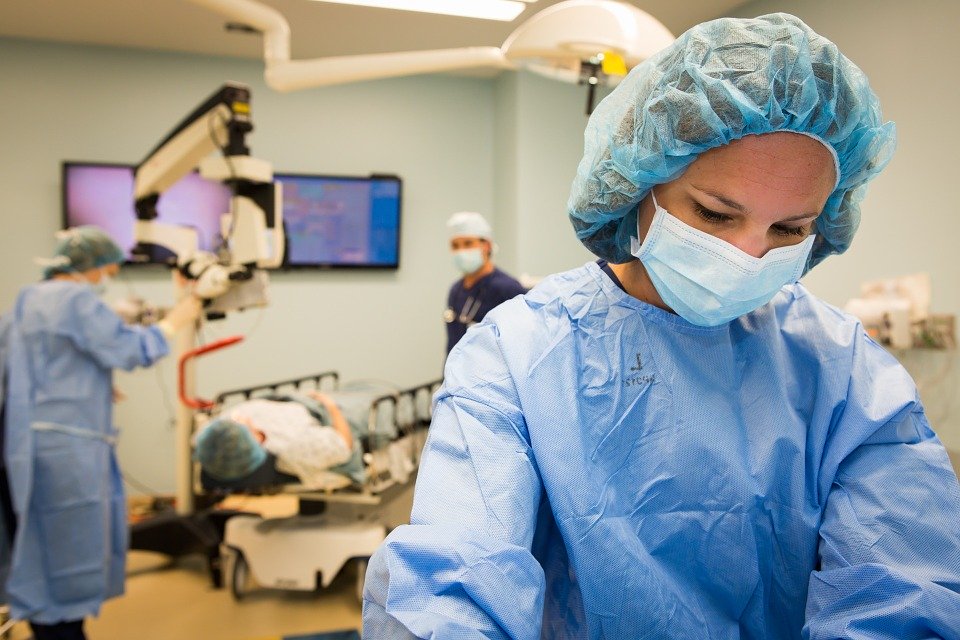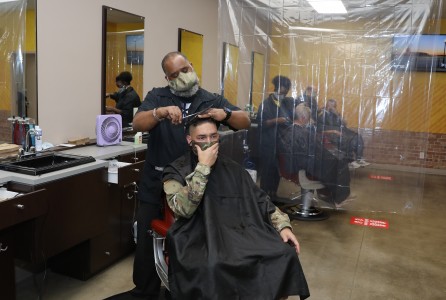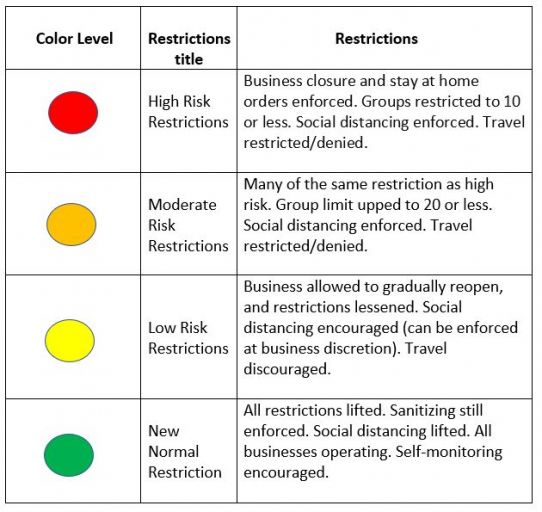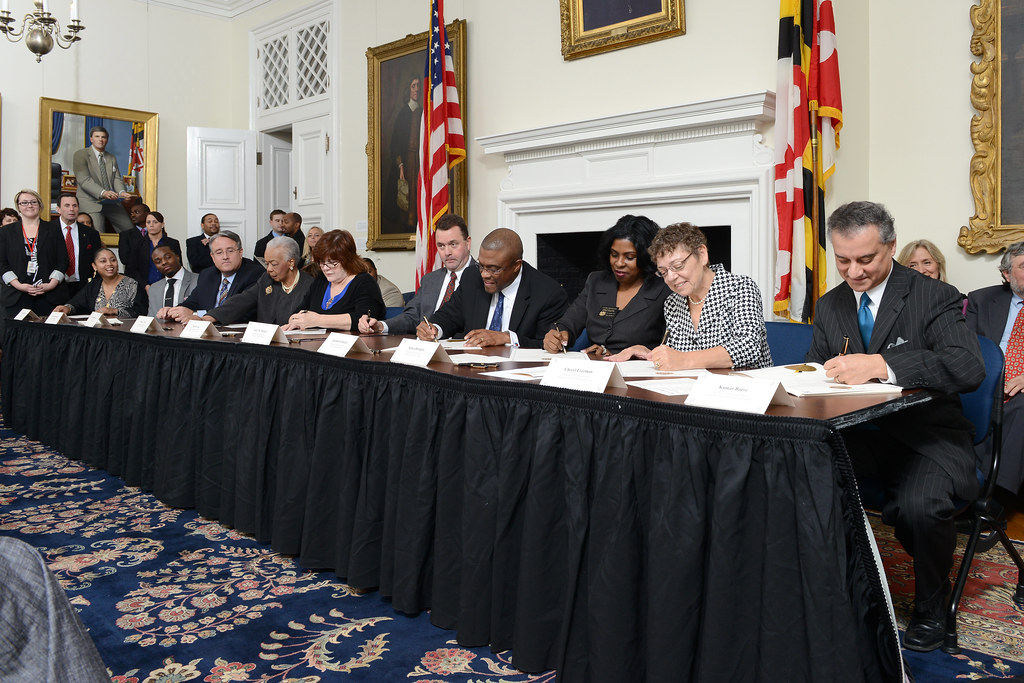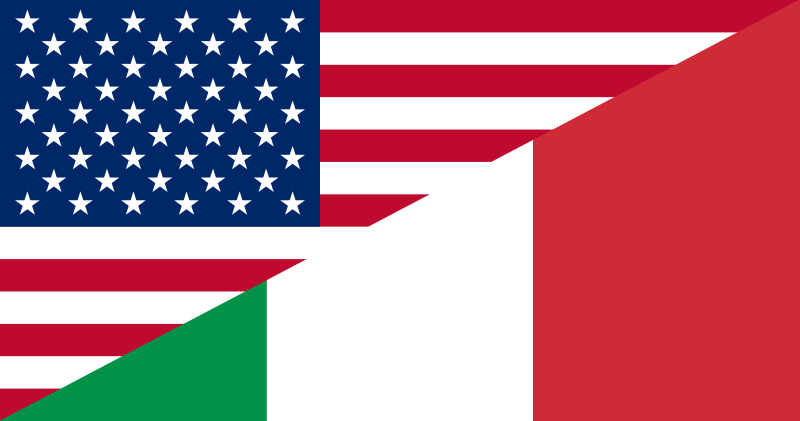What do the House, Senate, State, and local government officials all have in common? A trick question but if you look closely is that most of them, Republican or Democrat, never have a straight answer on what to do about the US healthcare system. Many argue that capitalism will weed out bad ideas and that people will decide. The system, however, has not sorted itself out and health care has never been more problematic than it has been today.
Free Market
Running for the US presidency boasts issues that many need to be straight forward about. One of Trump’s biggest draw factors was his distaste for Obamacare and his will to tear it down.
“Replacing Obamacare will force insurance companies to compete for their customers with lower costs and higher-quality service.” According to whitehouse.gov. This comment from the white house administration is for free market insurance. Though this is the case the full repeal trump wanted has yet to come to fruition.
His first attempt came in 2017 when a bill proposed fell short within the senate. Much infighting, even among Republicans, were in favor of some of the options Obamacare offered. Compromises have been made by taking out the individual mandate, adding work requirements to states that want to, and cost-sharing reductions.
It also presents many options for different plans and services that you want to pay for. If you are a climber or dancer you can pay for more coverage while someone who rarely leaves the home can go with basic preventative care. Lastly, no one has to wait for the most serious surgeries other than operations that require a heart or kidney.
The issues that spring from this is that people with more money or better jobs have better coverage, but the question of whether healthcare is an inherent right or not, which most constitutionalists believe it is not. It has also created a system where life-saving medications like insulin or EpiPens were being sold for exorbitant prices because of monopolization. It also lets hospitals set their own prices for the same things. Generic Advil can cost $50 at one hospital and $20 at another and that is still overpaying at both. Without regulation, costs can run rampant on an inelastic supply and demand curve with uniformed consumers.
Social Healthcare
Others think that everyone should be covered under a social plan, like Obamacare. Trying to meet both standards and also having available healthcare on the free market as well as it being mandatory. With a pandemic and many losing their insurance through their work, this has turned many to a now overtaxed and broken system that they now can’t afford, because of the cost and without because of heavier tax burdens.
Regular checkups, physicals, and other everyday mishaps are covered or cost little to nothing. You would also still have the option to visit private health care professionals at lowered costs for more serious situations.
The problem that comes with this is that if you rely on this service alone you may wait months for a life-saving operation. Many still turn to private insurance and providers paying more on top of what they already cover in taxes. The moral being you are still paying more for better coverage, you are just also now paying for other services you may not need as well. And, the worst part is the dollar amounts increased through the implementation of Obamacare by an average of 22% with some states receiving an increase of at least 56%. The biggest profit has been taken by the insurance companies… there has got to be a better way. Obama couldn’t do it maybe someone else can.
Universal Health Care
Lastly, some think we should take out privatized healthcare altogether and everyone gets the same access to all health providers. Using taxpayer money to have universal coverage covering all or most medical expenses.
“The laws determine what type of care must be provided, to whom the care must be provided, and the basis for determining coverage,” According to HealthPAC. This means that the government will regulate coverage, pricing, and services. Every hospital will have the same price for their service. Medical professionals will answer to one government institute instead of 20 insurance companies.
The drawbacks are the tax prices and that everyone will be covered regardless of if they want to be or not, and the availability of healthcare will significantly decrease. Everyone will be paying the same amount for the same services and the system will suffer some of the same issues as socialistic health care. A life-saving operation may be pushed out for months, leaving patients to suffer or die waiting for this.
The Best Choice
Just like many laws or decisions, none of these options are perfect. Our country has thrived off of the ability to create and let the people decide. Large insurance companies have controlled patient’s healthcare options through pre-existing condition exclusions and not including basic insurance benefits such as preventive care. Without some government intervention and also providing more opportunity for fair competitive capitalism, it leaves hospital care, availability, and pricing in disarray. Paying thousands for something people need to take every day is wrong, paying $50 for Advil without insurance at a hospital is wrong. Where can we meet in the middle?
In the end, there is no easy solution, and whether or not we want to accept it, the government does need to rein in some of the problems with this system by stimulating the healthcare system, and allowing capitalism to do more of its magic by increasing competition and finding a way to lower subsidies without reducing care for those that need it. I know there is a solution, we just need to create it. This further can be done by reducing prices for everyone and helping those that cannot afford insurance get coverage, but also not penalizing them for not having it. Not everyone needs to have insurance if they don’t want to and should definitely not get penalized for it. Is the best a free market plus insurance company based restrictions?
